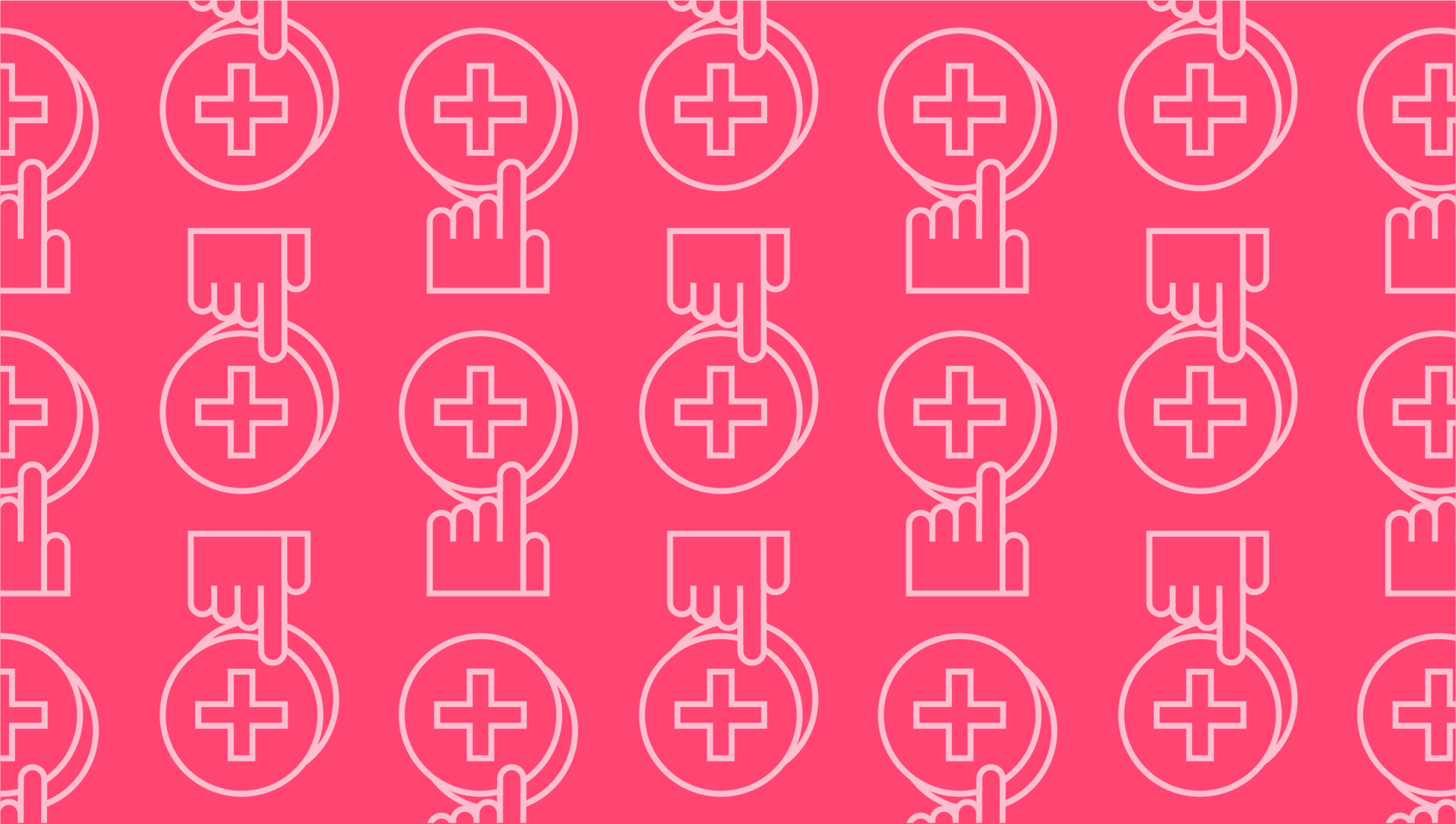
Understanding a pay stub
Last editedJun 20212 min read
Pay stubs may seem antiquated when you’re getting paid by bank transfer. After all, it’s easy to think that the only thing that counts is that you are getting paid, but knowing how to read a paycheck can help you ensure everything is in order.
What information does my pay stub include?
Your payment stub will usually be split into several sections, most commonly three or four, containing the following information:
Your personal information
Your earnings
Taxes you are paying
Any further deductions
Understanding your pay
Your pay should be recorded accurately on your pay stub. This will include any bonuses you may have received. If you work on an hourly basis, you should also see your total hours listed. If you are on an annual salary then you will see the period (usually monthly) that the pay covers. Generally, this portion of the pay stub will break your pay down into three portions:
YRD gross
Net pay
Your gross earnings are the total earned before deductions have been made, i.e., tax. YTD means “years to date” and will show everything you have been paid so far this year. Net pay is the amount you’ll actually be taking home. Knowing how to read your paycheck’s figures is key to making sure you are getting the correct salary.
Understanding pay stub deductions
The most common deduction on pay stubs is in the form of taxes. The number of taxes you pay can change depending on all sorts of things, from the location of your workplace to your home address. Understanding pay stub deductions for tax can be a little tricky, and the percentage of taxes taken out of paycheck totals can vary hugely from person to person.
Federal income tax
Federal income tax is the portion of your pay that goes to the government. It can be hard to work this out for yourself, and many different variables can impact the amount that you have to pay.
State and local taxes
The percentage of taxes taken out of paycheck gross pay will change from state to state. Some states, like Florida, don’t have income tax at all, so you won’t see this on your payment stub.
Federal Insurance Contributions Act (FICA)
FICA is the money you must pay to Social Security and Medicare. Your contribution to these two programs will be matched by your employer (6.3% and 1.45% respectively), but if you are self-employed you must pay both portions.
Other details on your pay stub
Your payment stub may also include information that is specific to your job, such as an EIN number, sick leave, and payroll number. Insurance will also be included if you have a life or health insurance policy with your employer. Sometimes, your payment stub won’t specify which insurance it is referring to when it lists this deduction, so you should make sure you know precisely what you are meant to be paying.
Retirement plans will also show as a deduction from your pay stub. This is shown as your chosen pre-tax amount on your payment stub.
We can help
GoCardless helps you automate payment collection, cutting down on the amount of admin your team needs to deal with when chasing invoices. Find out how GoCardless can help you with ad hoc payments or recurring payments.
